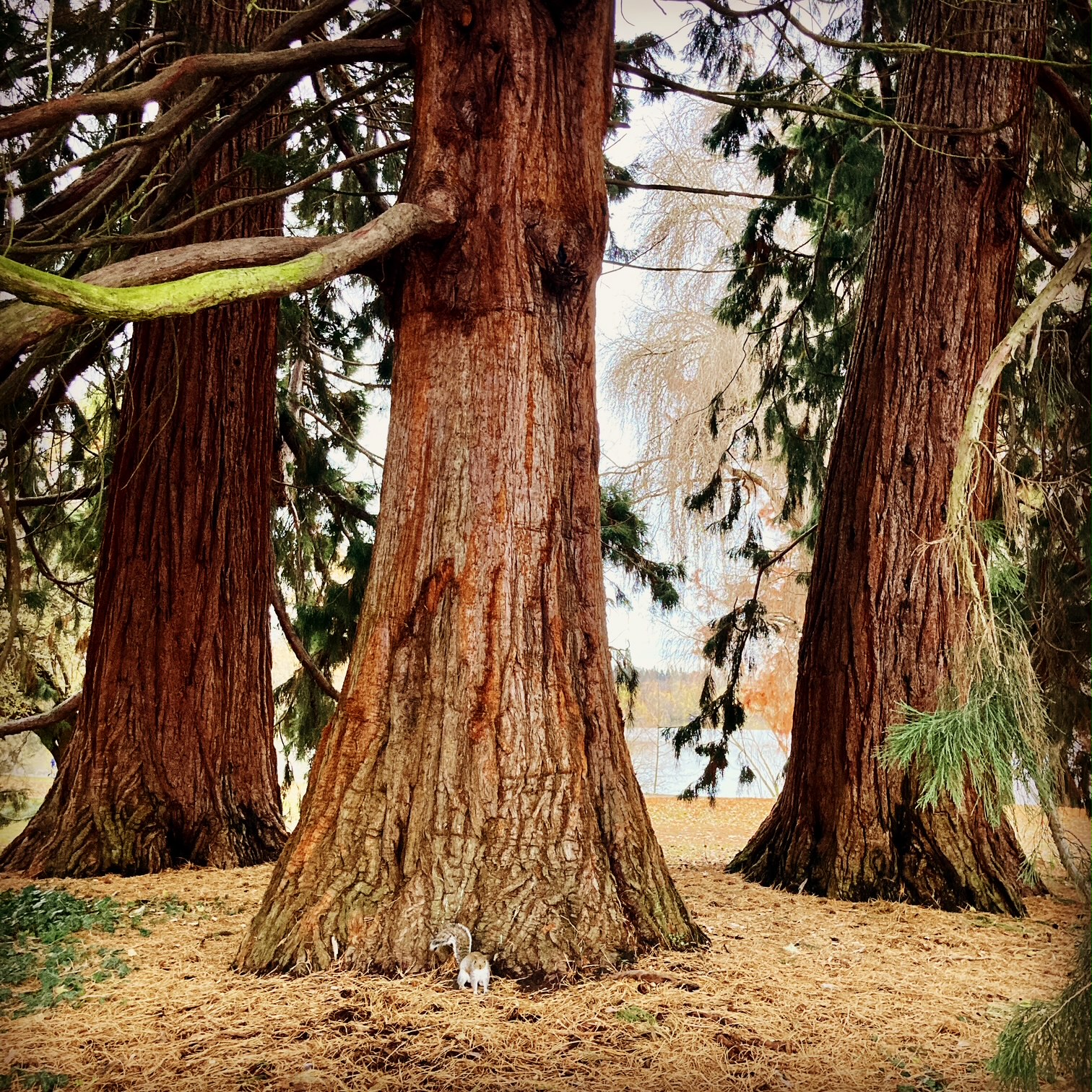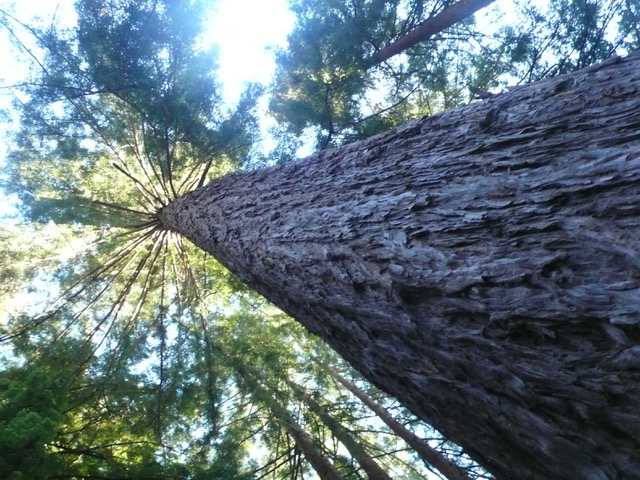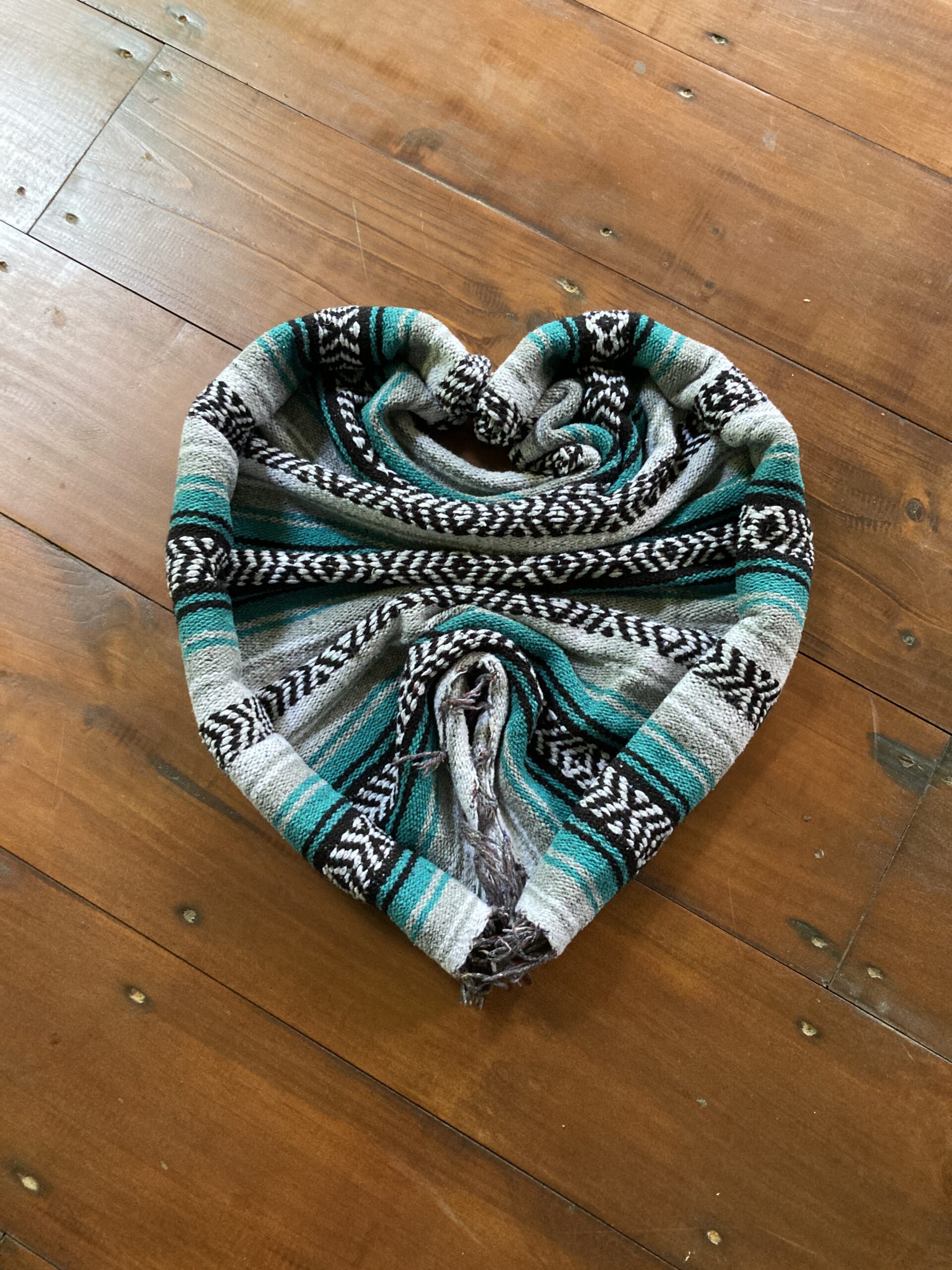Greetings from South India. I am finally able to post this blog on a fantastic bird sanctuary we visited earlier on this trip.
There are times in life when getting up at the crack of dawn is worth every second of deprived sleep! Such is the experience when going to visit Vedanthangal Bird Sanctuary. In order to get the full effect of the sanctuary, you have to go early in the morning.

The first time I went to Vedanthangal was in January 2001 with Rick. We were staying in Mahabalipuram, South India and happened to see an ad for a birding adventure on a sign outside of a shop. We stepped into the shop, signed up, paid in advance, and were told to be ready at 4:00am the next morning. The next morning we stood outside our hotel at 3:50am waiting for our ride to Vedanthangal. I was silently wondering if this was a scam. What if no one showed up? However, as promised, at precisely 4:00am, a car came for us.
We had no literature on the place. We had done no reading or research ahead of time. We weren’t even sure which birds we would be seeing. Back in 2001 in India, we had limited internet access. You had to duck into an internet cafe and pay for time at a computer. Back then, there was no easy cell phone access to Google “Vedanthangal”. We had no idea what to expect. All we knew was that we were headed to a bird sanctuary and that we had a two-hour drive ahead of us.
In 2001, the long road leading to the bird sanctuary was unpaved, full of potholes, and verging on brutal every time we hit a bump. We arrived in complete darkness at 6am. All was quiet. I could make out a tea stall with a few men sitting on benches enjoying a pre-dawn cup of chai. The air was fresh and cool. There were no lights and we had no idea what to expect. I wasn’t really even sure where we were! Then the sky started to show a hint of daylight. Our driver had a flashlight and led us to a gate. He said, “Go! Walk path. Light is coming! Bird waking. I wait here. Go.”
We entered the gate and walked along a path built alongside the lake. As the sun rose, we saw wings flapping, heard thousands of birds waking up, stretching out their wings, making sounds that were delightful, comical, and almost deafening! The trees were covered with birds. We saw enormous painted storks, herons, ibis, spoonbills, and so many other species! The trees sprouted from tufts in the lake and the lake was rich with jumping fish and frogs, algae and water fowl. Rick took so many photos on what would now be considered an old-fashioned film-camera. We imagined how incredible the photos would be, a testament to this singular unexpected experience. Weeks later, upon our return to Seattle, we would find out that none of Rick’s photos came out. His camera had malfunctioned at the start of our 10-week India trip, but he didn’t know about the problem and kept shooting away at images that would only remain in our memories and not on film.

Ever since my first visit to Vedanthangal, I have wanted to go back. I finally did go back a few days ago with my group here in India. I don’t have a camera lens for shooting wildlife, but I took photos of the reserve (all my photos from the reserve are included in this blog post) and I have words to convey the experience for you. It was a wonderful experience!
Fortunately, 19 years later, the road to Vedanthangal is paved smooth. I made sure of that before I asked Arvind and Kelley if we could add this outing to the tour itinerary. We had a shorter distance to cover since our departure point was not Mahabalipuram, but from a town closer to the sanctuary. We were able to leave for the sanctuary at 5:30am. And we had a lively guide. And now there are a few extra goodies in the park: a well organized modern interpretive center at the entrance to the park, a viewing tower to get a greater panorama of the area, beautifully painted boards and sitting areas along a very nice path with paintings and written names of the birds found in the park. From the watchtower, we had a better view of the scope of the reserve.

Our guide was a very charming local man who grew up farming in the well-fertilized rice fields surrounding the area. Here is how he introduced himself:
My name is Kartik. To remember my name, think Car and Thick. Yes, say Car-Thick and you will never forget my name. I will tell you about myself. My whole life is decided by rain. Yes, rain. Do you know what defines us as humans? Three things define us: Rain, Temperature, and Natural Circumstances. This is my village wisdom. My grandparents and my parents told me this again and again, but I didn’t understand this wisdom until I became an adult. Now I understand because of my life experiences.

Kartik told us a lot about the area and the lifestyle and philosophy of the nearby rice farmers. Here is more information about the sanctuary as taken from the information panels:
Vedanthangal Bird Sanctuary is the oldest bird sanctuary in all of India. It has a unique history. The local people have been protecting the sanctuary for centuries because they have realized the bird droppings in the water create a liquid guano effect. Thus, the water from the lake, when used to irrigate crop fields, increases the yield greatly and saves the farmers the cost of fertilizers. Perhaps due to this protection provided by the local populace, around 40,000 birds visit the sanctuary every season even though the area is only 29.5 ha. (equals 73 acres). Vedanthagal displays one of the most concentrated populations of different species of birds in a compact area and thus is an ornithologist’s paradise providing opportunities for studies and observation on various aspects of both scientific and management interest.
Documented evidence shows that protection of birds goes back over 200 years and local villagers from Vedanthangal sought and obtained cowl recognizing their right to safeguard the lake. In 1936 the Collector of Changalpet recognized the tank as Sanctuary and Government expenses toward its maintenance was sanctioned for the first time from then onwards.
Legal Status: Vedanthangal Lake was declared as Reserved Land under Madras Forest Act in 1961.
The area surrounding the lake and bird sanctuary is rich in rice fields. Below you can see the farmers planting rice.


My lucky group:

More than 40,000 birds, including 26 rare species, from various parts of the world visit the sanctuary during the migratory season every year. The birds rest, find shelter, and breed on 2,000 partially-submerged trees. The main species of birds living in Vedanthangal include the birds from the list below:
Birds: garganey, teal, glossy ibis, grey heron, grey pelican, open-billed stork, painted stork, Siberian painted stork, snake bird, spoonbill, spot bill duck, cormorants, darter, grebes, large egret, little egrets, moorhen, night herons, paddy bird, painted stork, pintails, Indian pond heron, sandpiper, shovellers, terns, white ibis, glossy ibis, black headed ibis.
Even Arvind, who does not get terribly excited about bird watching, loved the experience. He had never been there before and said it was the best birding experience he has ever had!
Here is a nice web link for you to see the birds of Vedanthangal: LINK
And yes, the bird sanctuary has its share of monkeys hanging around:


Welcoming benches are all along the pathway. Each bench area is decorated with murals depicting and identifying the various birds of the park:

If ever you have the chance to go, I highly recommend visiting Vedanthangal Bird Sanctuary. It is an unforgettable experience.






